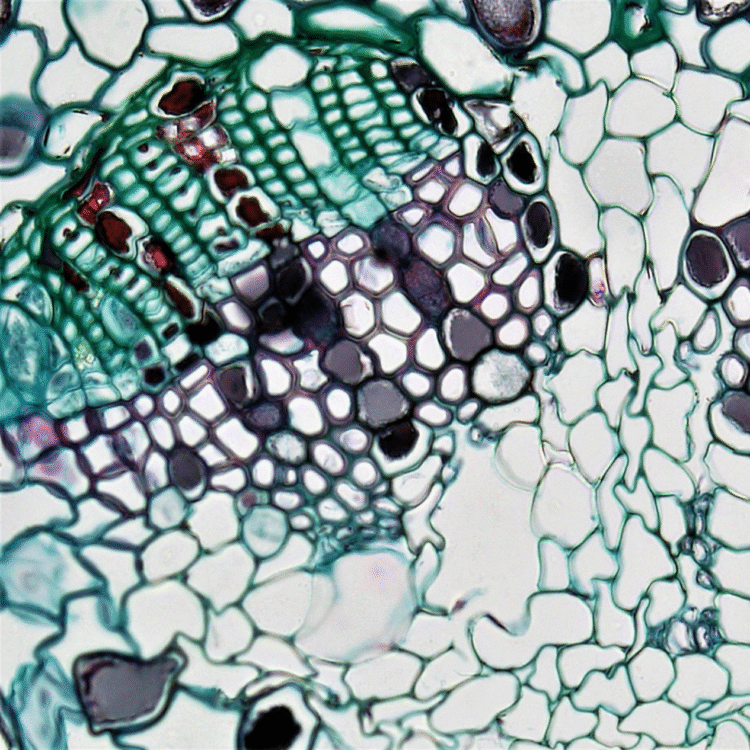Reward Driven Workflows: Post-Acquisition & Real-Time Analysis
The Problem
Analyzing imaging and hyperspectral data is a crucial task across various scientific fields, including biology, medicine, chemistry, and physics. Most often, raw data is transformed into a format that is easier for humans to interpret. Currently, this task is performed using complex interactive human-designed methodologies and algorithms, leading to significant time investments and bias introduction. Additionally, neural networks requires enormous labeled-data sets and costly training to identify complex features.
The Solution
Researchers at the University of Tennessee have developed a machine learning, reward driven workflow for image analysis. Machine learning algorithms are rewarded by identifying key, physical features in the images. This approach is robust and explainable, providing unparalleled transparency of the AI model’s “thinking” and more insight to researchers.  Once a workflow is developed it is less computationally expensive than large neural networks and can provide real-time image analysis. This innovation can reduce analysis times by orders of magnitude freeing operators to spend more time on critical decision-making, enabling automated experimentation.
Once a workflow is developed it is less computationally expensive than large neural networks and can provide real-time image analysis. This innovation can reduce analysis times by orders of magnitude freeing operators to spend more time on critical decision-making, enabling automated experimentation.

Benefits
| Benefit |
|---|
| Massive reduction in image analysis time |
| Logical AI training based on physical parameters |
| Explainable, unsupervised, and robust |
| Applicable to all imaging instruments |
| Potential real-time image analysis |
More Information
- Derek Eitzmann
- Assistant Technology Manager, Multi Campus Office
- 865-974-1882 | deitzman@tennessee.edu
- UTRF Reference ID: 25133
- Patent Status:

Innovators
Sergei Kalinin

Weston Fulton Chair Professor of Materials Science and Engineering University of Tennessee, Knoxville
Dr. Kalinin received his Ph.D. in Materials Science and Engineering from the University of Pennsylvania. His research interests include atom by atom fabrication, application of machine learning and artificial intelligence in atomically resolved and mesoscopic imaging to guide the development of advanced materials for energy and information technologies, as well as coupling between electromechanical, electrical, and transport phenomena on the nanoscale. He has published more than 500 peer-reviewed journal papers, edited 4 books, and holds more than 10 patents. He is also a member of editorial boards for several international journals, including Nanotechnology, Journal of Applied Physics/Applied Physics Letters, and recently established Nature Partner Journal Computational Materials.
Read more about Sergei Kalinin